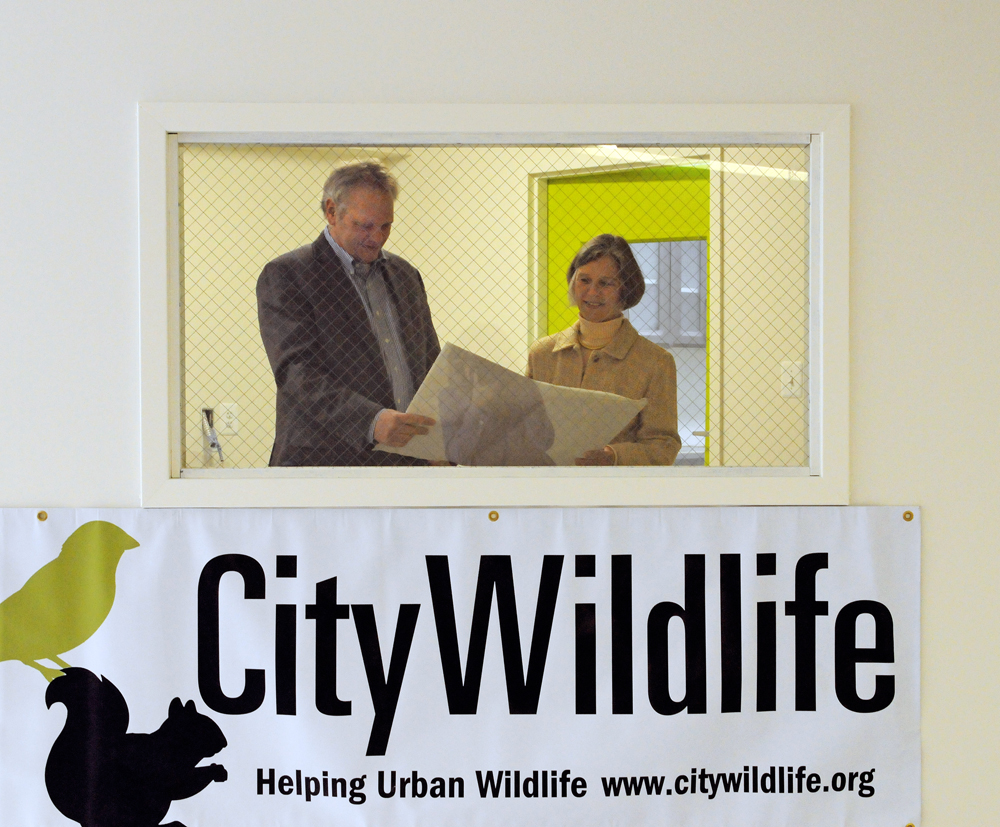While D.C.'s politicians, lobbyists and policy wonks debate the merits and contours of a new immigration policy for our land, a largely unnoticed wave of new arrivals has been quietly setting up homes and livelihoods in our cities. These recent arrivals, none of whom has ever seen a green card, would just as soon we didn't notice as they go about colonizing the in-between places and waste lots where few of us spend any real time. Occasionally, you might catch a glimpse of one of these new neighbors. But look again, and chances are that they've already vanished.
Thirty years ago, there were no White-tailed Deer in the District of Columbia. According to the Natural Resource Manager with the National Park Service for Rock Creek Park, they now inhabit the park at a density of more than 70 per square mile. And they've been joined by other animals who, until the past couple of decades, haven't been seen inside the Washington city limits in a long time: beaver, fox, wild turkey and coyote, to name a few.
According to Wall Street Journal reporter Jim Sterba, who studied the phenomenon intensely for his new book Nature Wars, "It is very likely that more people live in closer proximity to more wild animals and birds in the eastern United States today than anywhere on the planet at any time in history."
The reason for this stunning development is simple: There are more wild animals in the city now because, with the loss of woods and farm lands, the animals have no choice but to make the city their home.
Many native species -- for example, Eastern Box Turtle and Wood Thrush, the official bird of the District of Columbia -- are barely holding on in the altered and degraded habitat that remains. Others, like deer, raccoons, and foxes, seem to be making the transition with minimal difficultly -- some seem to be thriving, in fact -- but an environment built by and for humans is inevitably fraught with peril for animals that evolved to live successfully in a completely different, natural setting.
We find streets convenient for getting around. But nothing in a squirrel's DNA helps it to cross streets safely. To elude predators, squirrels dash rapidly back and forth, changing directions abruptly and randomly. While this may work well against hawks and foxes, it's not so effective with Jaguars and Mustangs.
Or consider the Mallard. Mother Mallards consider our green roofs ideal places for their nests; it never occurs to them that getting their flightless ducklings off a 10-story building is an impossible task.
Every day brings more casualties. City officials report that about a quarter of the calls they get about animals in trouble are for wildlife, and they are taking in about 1,100 wild birds and small animals each year. Huge numbers of our new neighbors are being hit by cars, injured by pets or collisions with glass, and orphaned when their parents are killed or their nests are destroyed. For wildlife, living in our city is like living in a minefield.

Photo Credit: Pam Townsend
Yet the District of Columbia does not have -- nor has it ever had -- a wildlife rehabilitation center for all the unfortunate victims of human activity.
A group of us -- former animal shelter staff, a licensed rehabber, a biologist, a veterinarian, and others -- is working to change that. We've formed City Wildlife, Inc. and are pressing ahead to open the first ever wildlife rehab and assistance center in DC.
So far we have:
- Secured space for our center and finished the construction to turn it into a wildlife clinic
- Recruited and begun training a core group of volunteers
- Purchased or obtained donations of much of the equipment we will need
- Found a wildlife veterinarian who will donate her time to treat our animals
We are -- essentially -- all set to go. We can begin accepting animal patients as soon as we raise the money to hire a clinic director and cover some initial expenses for rent, utilities, and the like. At that point, the wildlife center will become a reality, and the birds, squirrels, opossums, rabbits, and other wildlife will finally have a refuge of healing and the chance to return to the wild.
In the meantime, City Wildlife has launched a number of other programs to help wild animals. Our Lights Out DC program urges building owners to turn off unnecessary lights to save migratory songbirds, Quack FAQ's helps ducks and ducklings nesting in dangerous places, and Wildlife 911, a free class held at the National Zoo, trained volunteers how to respond to wildlife emergencies.
We invite you to check out www.citywildife.org to learn more, become involved, and lend your support to this important work.